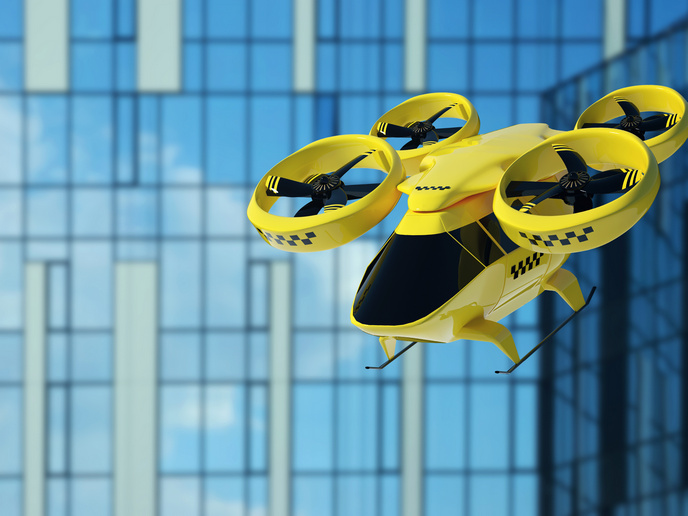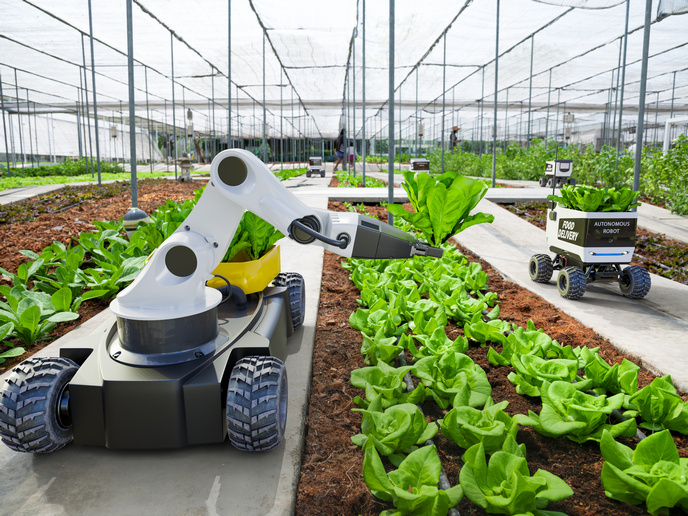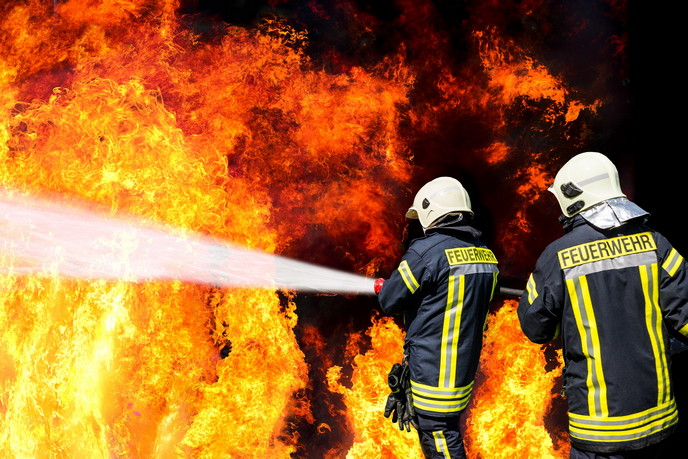Automatic parachute landing
Certain recent aviation accidents suggest the need for parachute systems for Light Sport Aircraft (LSA) and Near Space Capsules (NSC). The systems would slow descent and prevent crash-landing in vehicles up to 600 kg. The EU-funded PARAPLANE (Development of a new steerable parachute system for rescue of small and medium size airplanes) project aimed to design, develop and test such a system. The concept included a steerable parachute, plus a control and guidance module. The descent and landing system for LSAs would be carried on-board and activated by the pilot in an emergency. For NSCs, the system would be operated remotely from a ground station. Work began with stating the requirements, both for hardware design and experimental testing. Next, the team compared the usage similarities and differences between LSAs and NSCs. The comparison yielded an emergency scenario for LSAs capable of reliable operation anywhere. The NSC scenario was more dependent on pre-selected landing sites within a known area. Hence the team designed and manufactured two different parachute systems; one was modified from an existing design, while the S2 was new. The team designed and manufactured additional sub-systems including a rocket extraction system, and an electrical activation circuit. A separate control unit involved development of software for Ground Navigation and Control, Autonomous Guidance, and Flight Data Acquisition. Other developments included two kinds of simulation software. Testing of all systems and components proved successful. The parachutes were qualified for recovery of LSAs and NSCs up to 600 kg. Experiments during remote, autonomous flight verified that the systems were able to automatically select suitable landing sites. The parachutes also effectively steered and controlled descent of the respective aircraft types. Researchers demonstrated the results and applications at numerous public workshops, and academic conferences. PARAPLANE represented new developments in aviation safety systems, designed to reduce casualties through controlled parachute descent and avoidance of crash-landing. In addition, the undertaking represents significant commercial and technological opportunity for European SMEs.
Keywords
Parachute, Light Sports Aircraft, Near Space Capsules, descent, rescue, PARAPLANE







